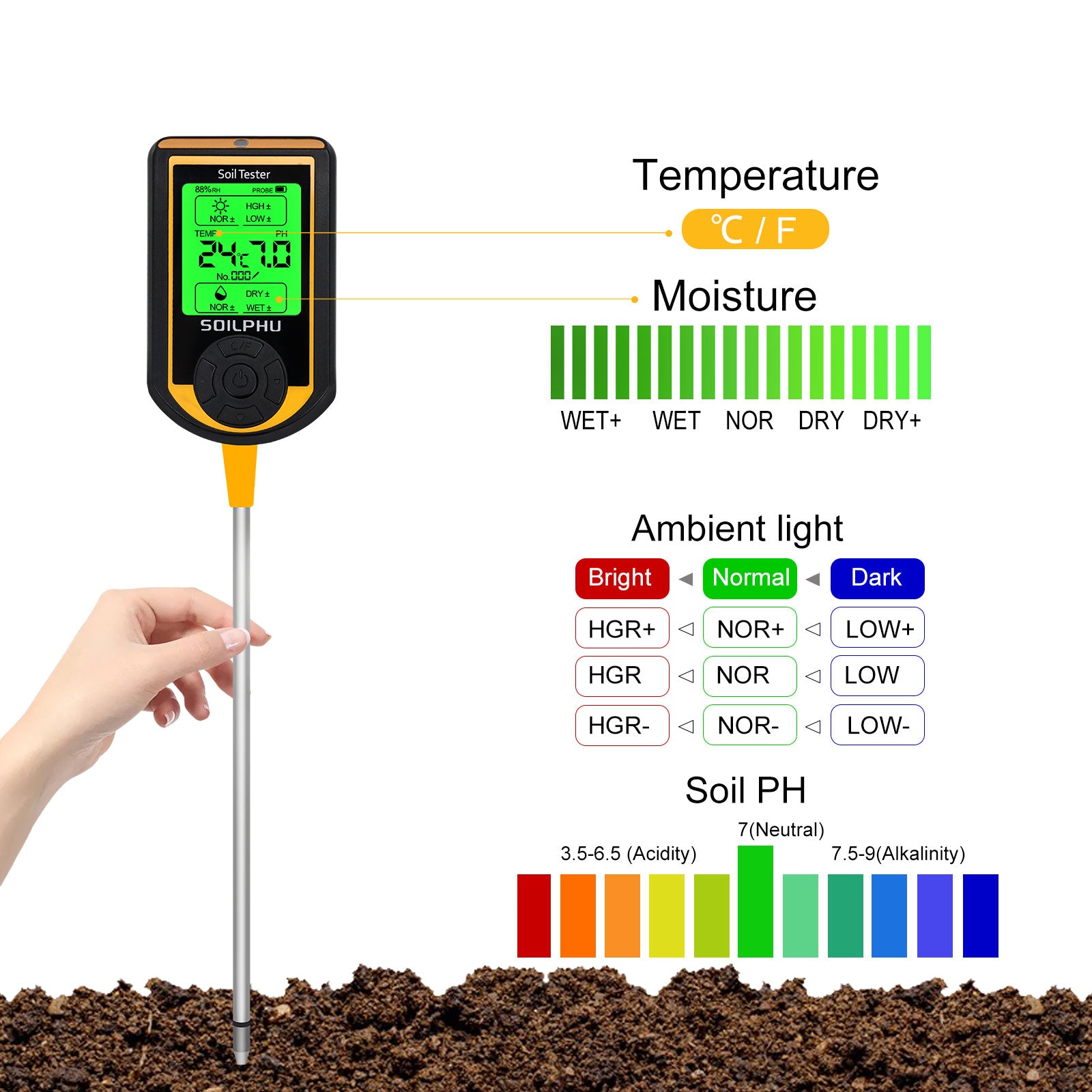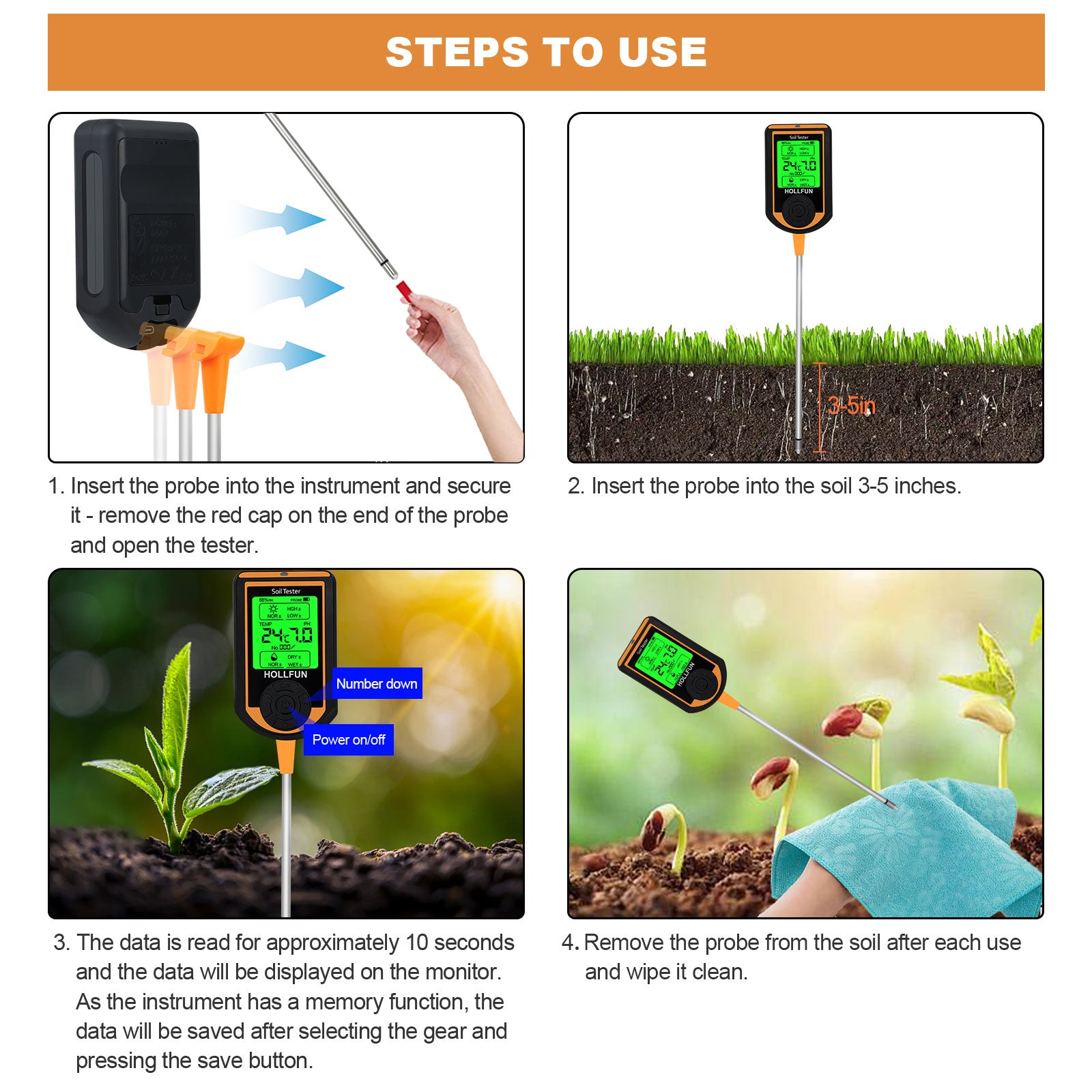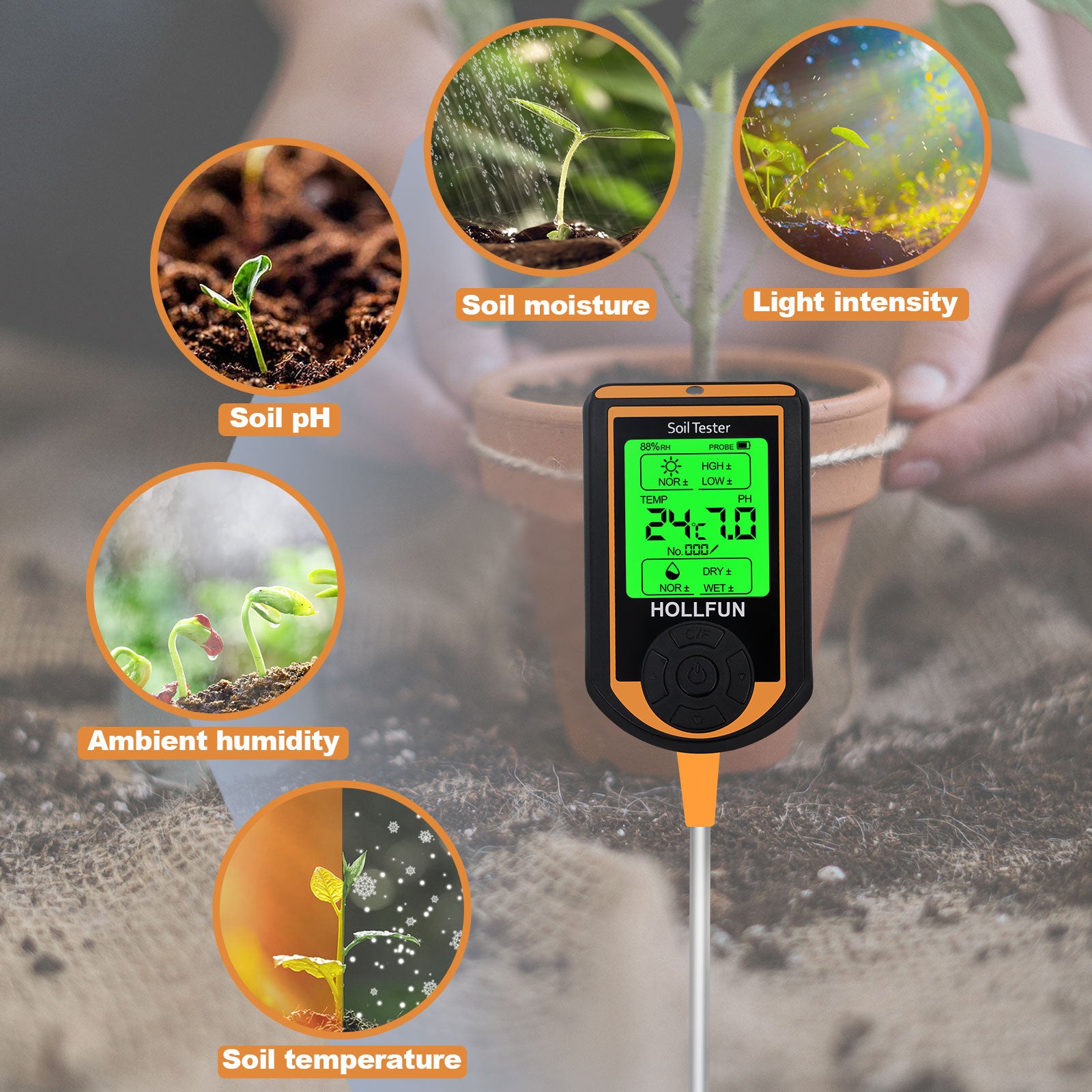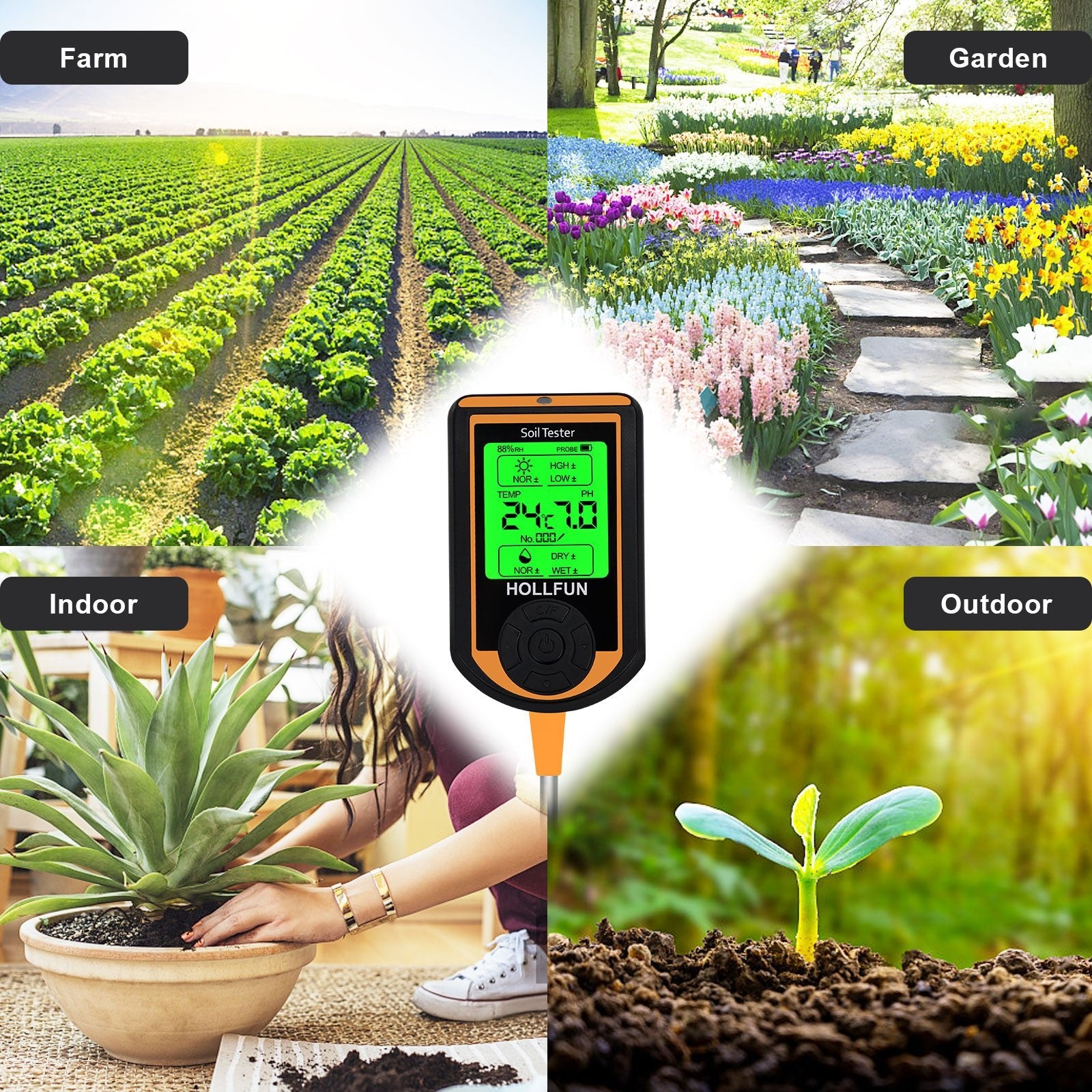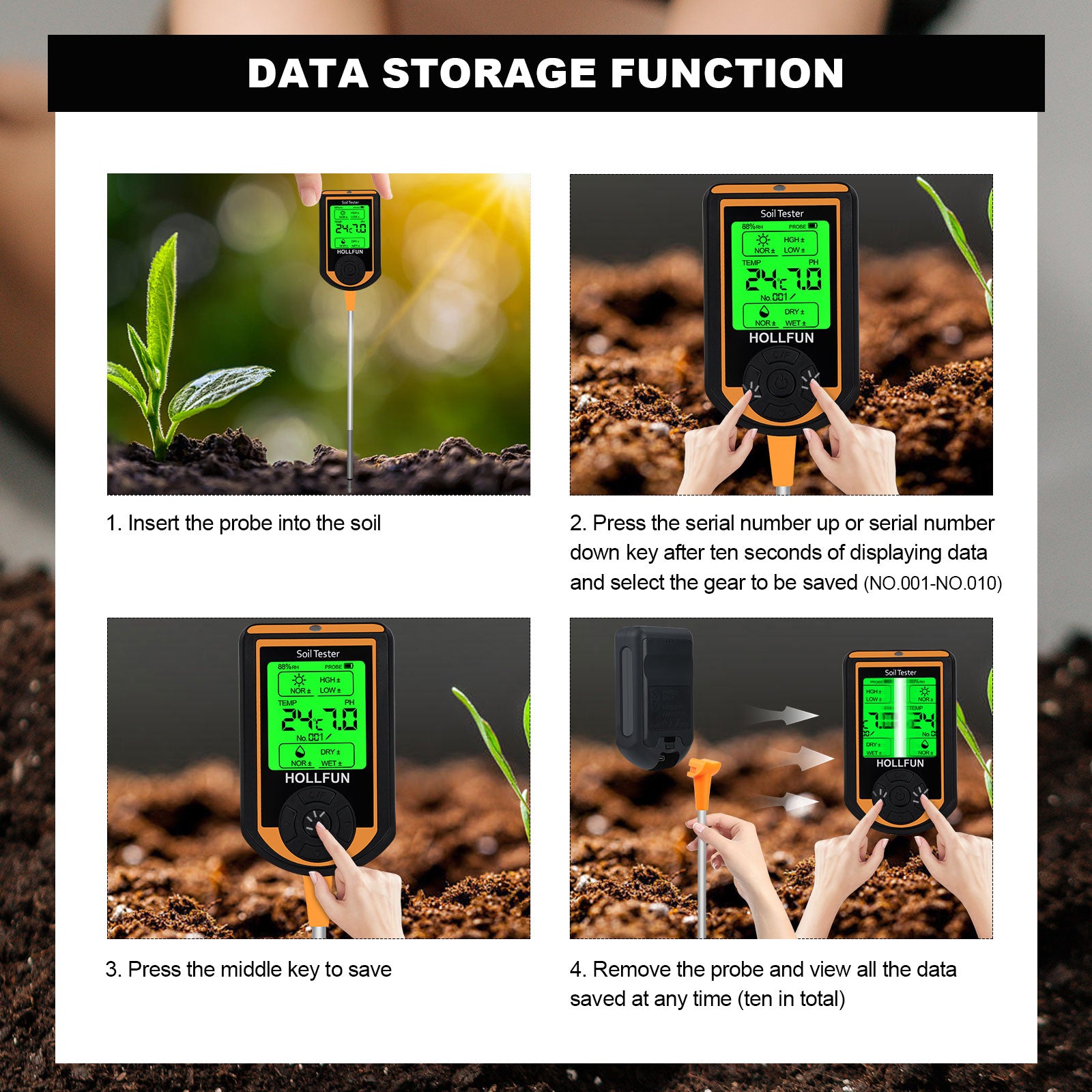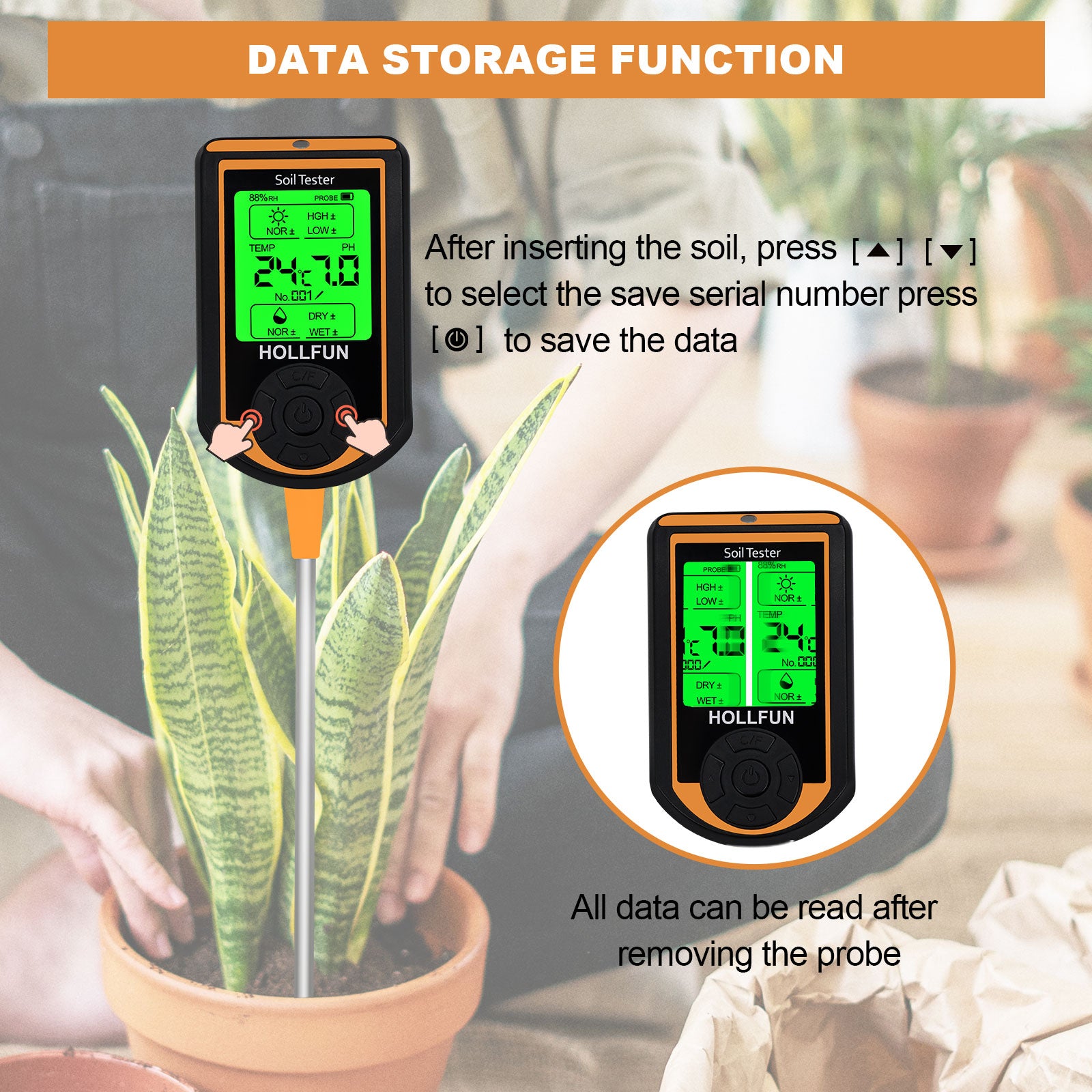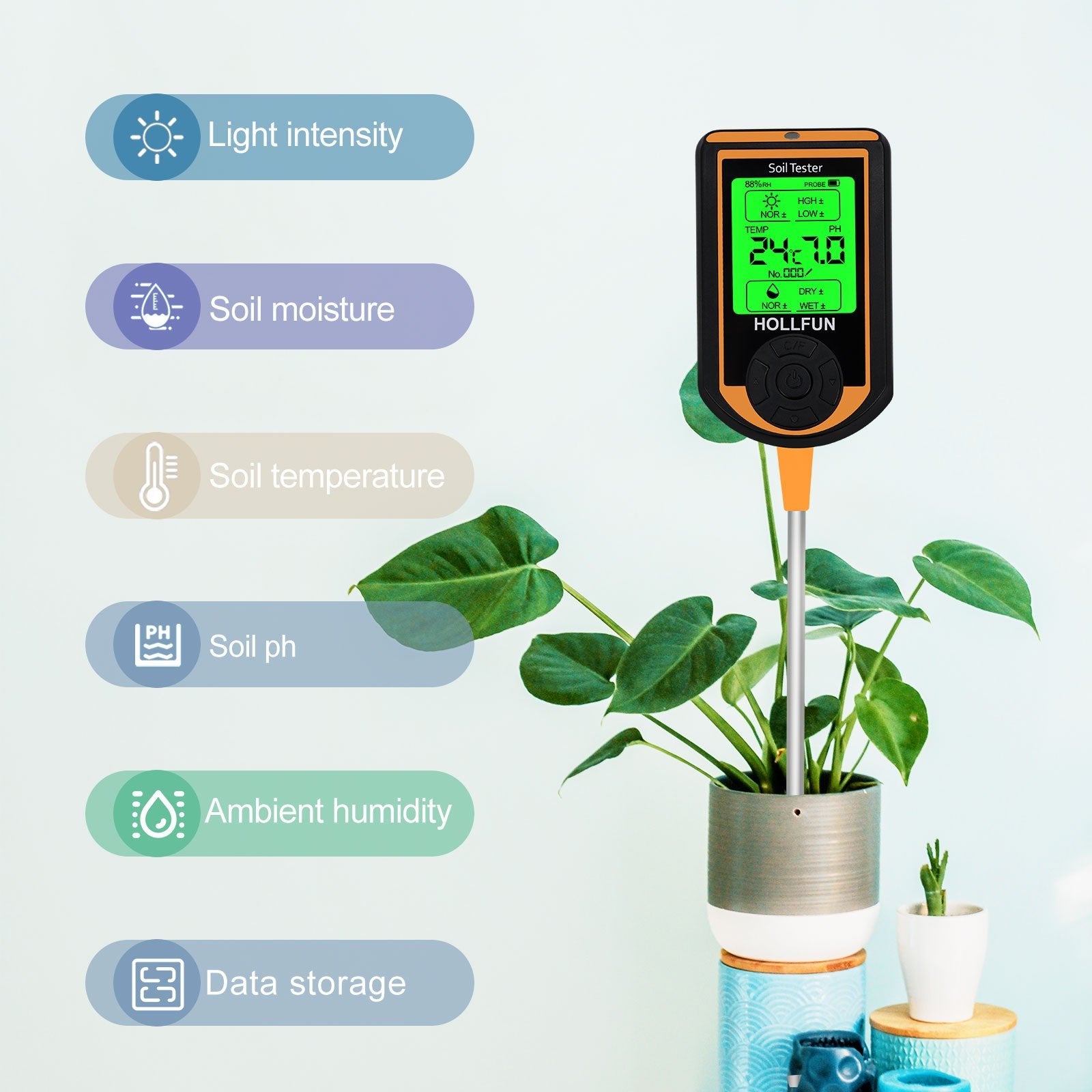The previous post shared the effect of light intensity on plant growth, and this post we're going to learn about another challenge for novice flower growers - pruning!

There may be friends will ask, pruning feeling is not suitable for novice ah, why also as a novice to start the steps? Because pruning is a very important role in the maintenance of potted plants, there are three main: one: regulation to promote growth; two, to reduce the risk of pests and diseases; three: shaping. Especially the first regulation to promote growth, is the reason why pruning to occupy a separate article.
Let's start with an important principle: apical dominance. This refers to the phenomenon in which the tip of the main stem of a plant grows predominantly while inhibiting the growth of the neighboring side shoots below it, leaving the side shoots dormant. The reason for this is that the growth hormone produced at the stem tip is transported to the lateral buds and inhibits their growth.

Based on this principle, we can control the growth and shaping of plants through pruning. For example, if we want the plant to keep growing in a certain direction, we should not cut the top bud; Conversely, if we want the plant to expand laterally, cut off the top buds to promote the growth of side shoots and branches.
In addition, the nutrient supply of plants is limited, and the nutrient supply on the same branch and branch is also limited, so in order to ensure that the nutrients are not too dispersed, but concentrated on some strong shoots, it is necessary to prune the weak shoots accordingly.
Based on the above principles, share some common trimming tips
- Regulate growth – control the top advantage
Topping: It mainly refers to the maintenance of grass and flowers, removing the top of plant branch buds, promoting the growth of side buds, making plants fuller and blooming more.

Topping: mainly refers to the maintenance of woody plants, cutting off the top buds, controlling the growth height, and promoting the development and growth of side branches.

- Regulate growth – control nutrient supply
Wipe buds: Break off excess bud points and concentrate on nutrients.

Thinning: Remove more buds so that the remaining flowers bloom larger and more gorgeous.

Residual flower pruning: At the end of flowering, the residual flowers can be cut off in advance to avoid unnecessary nutrient consumption.

- Reduce the risk of pests and diseases
Leaf picking: remove some overly dense or unhealthy leaves, and ventilate the inside of the plant.

Pruning: For woody plants, prune dead branches, parallel branches, cross branches, etc., increase ventilation, adjust the shape.

If you grow more plants, you can prepare a pair of gardening scissors, because ordinary scissors will be more difficult when cutting some slightly thicker branches. In addition, if the incision of the plant is relatively large, apply a layer of callus at the incision to prevent infection and decay.




